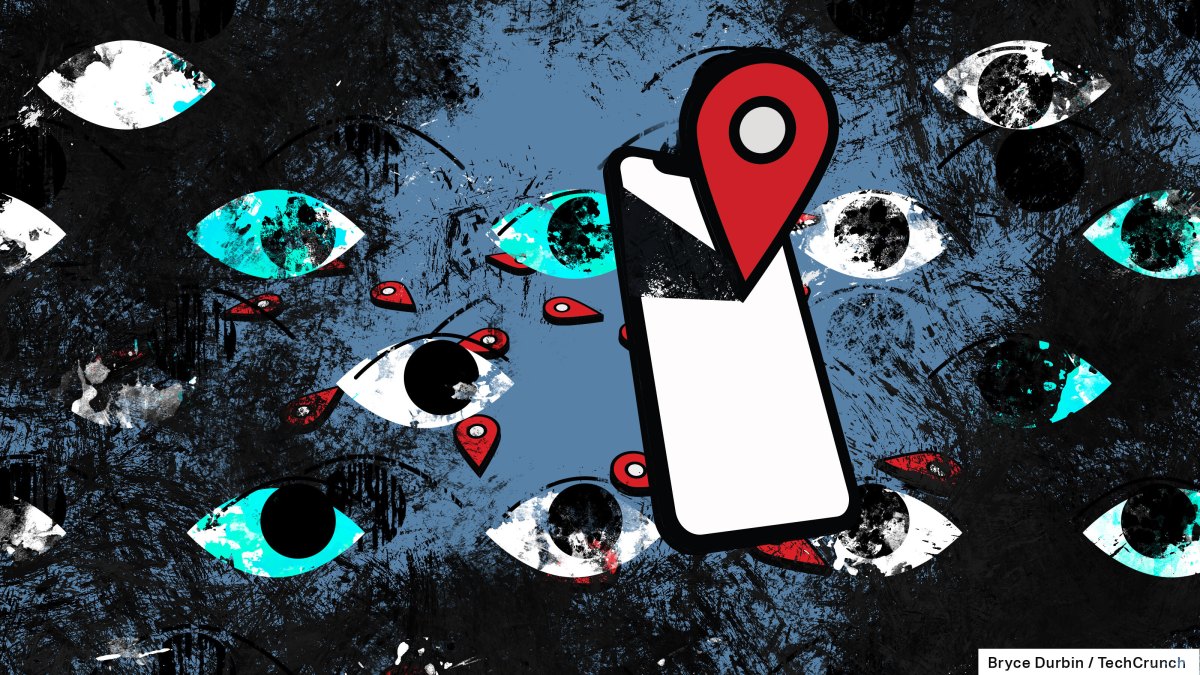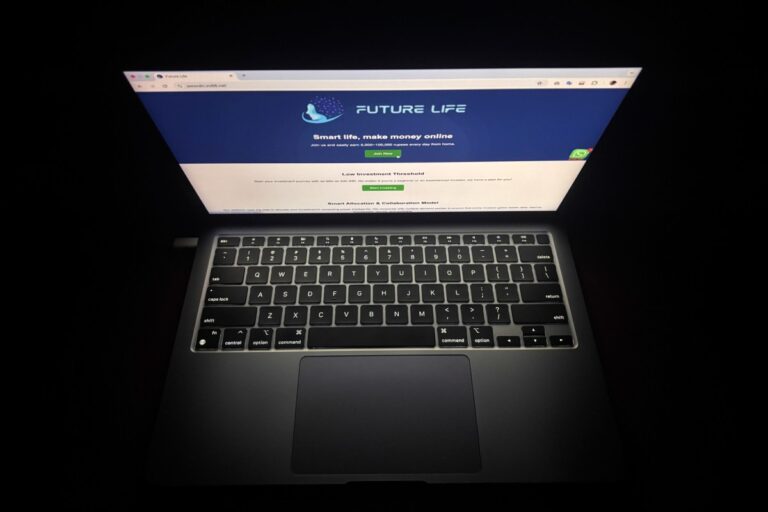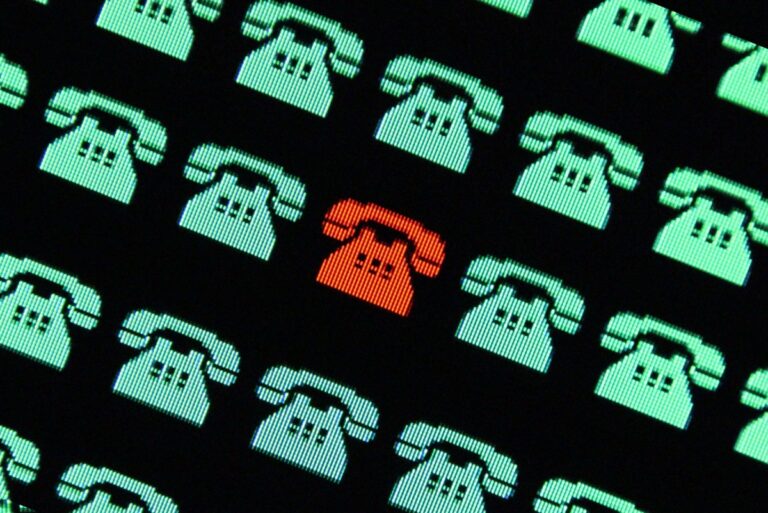Protect Your Privacy: How to Detect and Remove Stalkerware from Your Android Phone
Consumer-grade spyware apps pose a significant threat to Android users, secretly monitoring private messages, photos, phone calls, and real-time locations. If you suspect that your device may be compromised, this guide will help you identify and eliminate common surveillance apps such as TheTruthSpy, Cocospy, and Spyic.
Understanding Spyware Apps on Android
Spyware apps, often marketed as child monitoring or family-tracking solutions, are commonly known as stalkerware and spouseware. These applications can track and monitor individuals without their consent, making them a serious privacy concern. Typically downloaded from unofficial sources, these apps may evade detection by disappearing from the home screen.
How Spyware Operates
These malicious applications exploit built-in Android features meant for legitimate purposes, such as remote device management and accessibility services. Signs that your phone may be compromised include:
- Unusual phone behavior (e.g., running slow or hot)
- Excessive data usage
- Unrecognized apps in the background
Steps to Identify and Remove Spyware
Before proceeding, it’s crucial to have a safety plan in place. Removing spyware could alert the individual who installed it, potentially putting you in danger. The Coalition Against Stalkerware provides resources and guidance for victims.
1. Enable Google Play Protect
Ensure that Google Play Protect is activated on your device. This security feature scans apps for malicious activity, helping to safeguard your phone. Check the Play Store app settings to confirm that Google Play Protect is enabled and perform a scan for harmful apps.
2. Review Accessibility Services
Spyware often abuses Android’s accessibility features, which allow apps broader access to system data. If you do not use accessibility apps, you should not see any services listed. Unrecognized apps in this section may indicate spyware presence. Common disguises include:
- Accessibility
- Device Health
- System Service
3. Check Notification Access
Verify which apps have access to your notifications, as stalkerware can monitor your alerts and messages. Navigate to Special app access in your settings to review and revoke access from any suspicious apps.
4. Inspect Device Admin Settings
Spyware can also manipulate device admin features. Check the Security settings for unrecognized apps, particularly those with ambiguous names. Legitimate apps typically do not require device admin privileges.
5. Uninstall Suspicious Apps
Even if stalkerware apps do not have home screen icons, they can still be found in your app list. Go to your device’s settings to review installed apps. Look for any unfamiliar applications that have extensive permissions, such as:
- Calendar access
- Call logs
- Camera access
- Location tracking
6. Strengthen Your Device Security
If spyware is detected, it’s likely that your device was previously unlocked or inadequately protected. To enhance your security:
- Use a strong screen lock password.
- Enable two-factor authentication for online accounts.
If you or someone you know is in need of assistance, the National Domestic Violence Hotline offers 24/7 confidential support. In case of an emergency, always call 911.
For further resources on addressing potential spyware threats, visit the Coalition Against Stalkerware.







